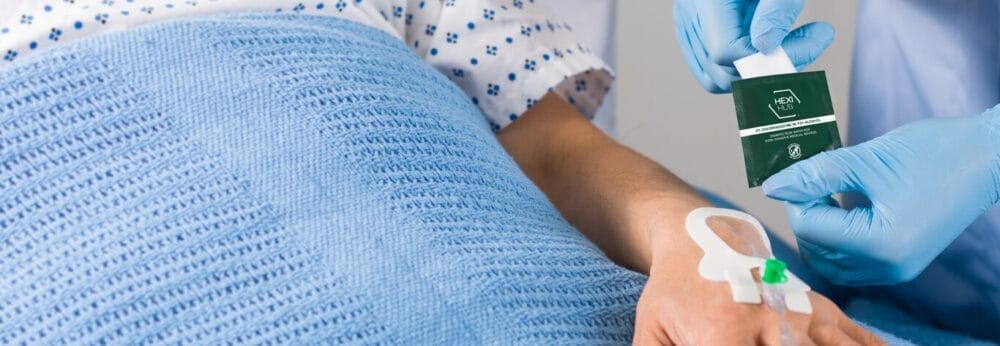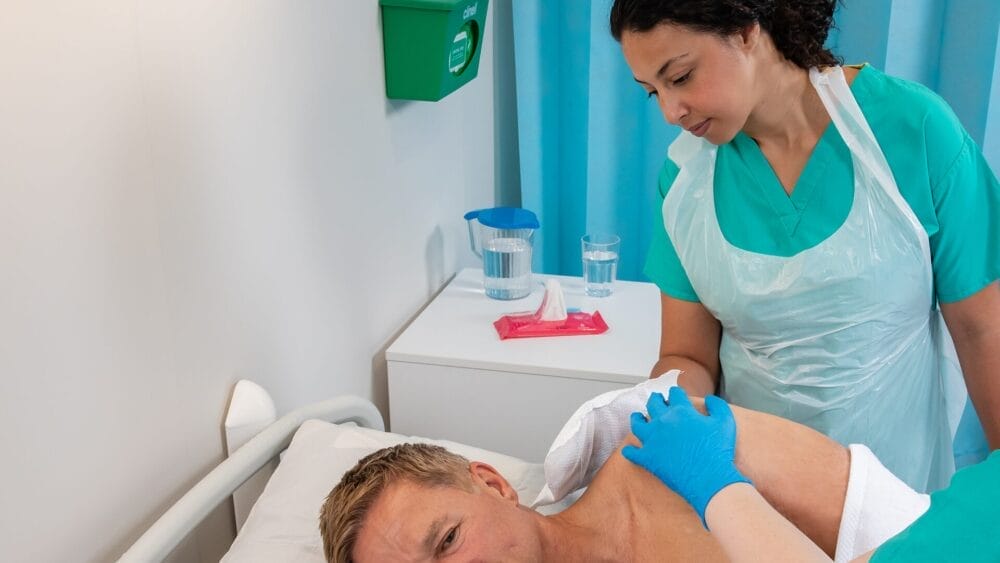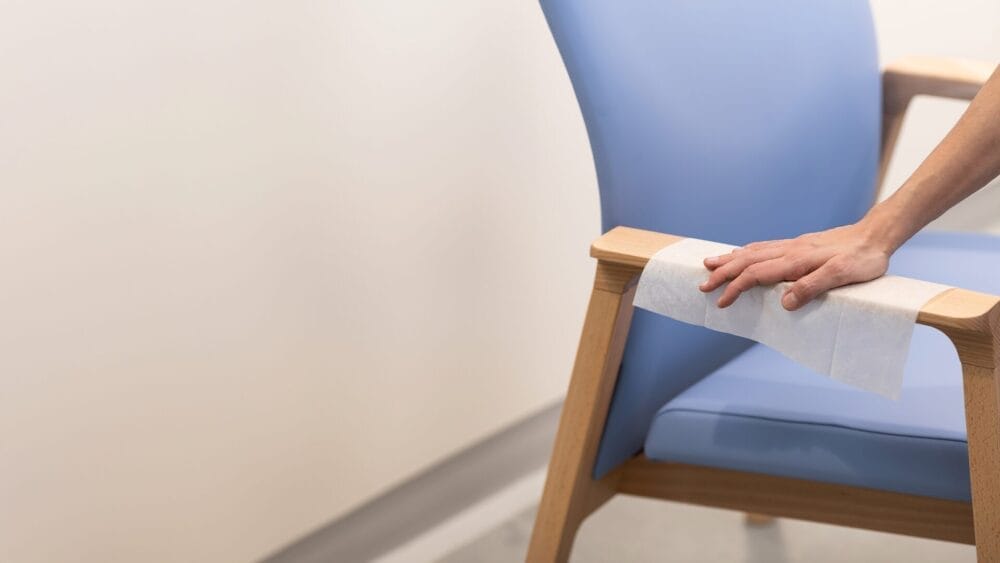Posted
8th March 2021
Research
With schools in England back this week and many in Scotland and Wales having already returned, we decided to put together seven top tips to help teachers keep classrooms safe.
Whilst the rates of COVID-19 have dropped considerably in the UK, there is still a risk of transmission in the classroom. Transmission in children can contribute to the continuation of the pandemic, and put adults who are caring for them at risk.
From wiping down surfaces more frequently to ventilating classrooms, follow these seven tips to help keep classrooms safe for everyone.
1. Keep desks clean and manage shared equipment carefully

Remember: The SARS-CoV-2 virus that causes COVID-19 is able to survive on surfaces.
A recent study showed that respiratory viruses are commonly found on the desks of school children. Therefore, it is really important to ensure children’s desks and other shared items are kept clean.
To help keep your classroom safe, you should clean desks and shared surfaces more frequently. When wiping down school desks and shared equipment, consider using disinfectant wipes. Wipes are quick and easy to use, plus opting for a disinfectant wipe will provide an additional level of safety against viruses.
If you decide to use a disinfectant wipe, make sure it is effective against the SARS-CoV-2 virus. Our Clinell Universal Wipes are effective against the COVID-19 virus in 30 seconds.
2. Encourage children to wash their hands frequently
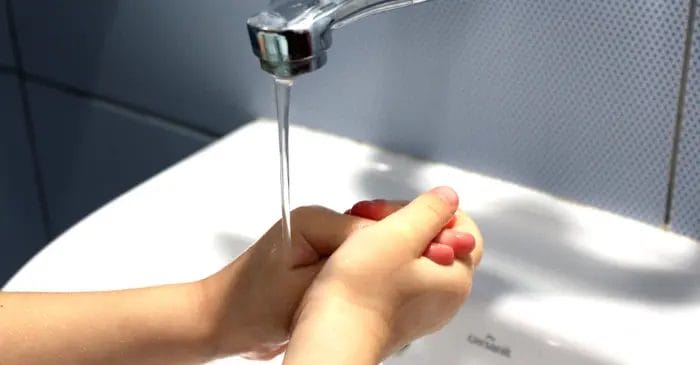
Hand hygiene is one of the most important ways to prevent the transmission of respiratory viruses like COVID-19. Everybody in the classroom should be encouraged to wash their hands more frequently than usual.
Key points for hand hygiene include when arriving at school, when returning from breaks, moving between rooms, before and after eating, and after using the bathroom.
Top tip: If the class is away from a sink,hand sanitisers with at least 70% alcohol provide the most convenient way to maintain good hand hygiene. However, soap and water is the best option and hands should always be washed when they are soiled or visibly contaminated.
3. Ensure face coverings are worn correctly

Wearing a face covering is perhaps the single most important way to prevent the spread of SARS-CoV-2.
The Department for Education recommends face coverings to be worn by staff and pupils indoors in secondary schools, and by staff indoors when physical distancing cannot be maintained in primary schools.
However, face coverings are no good worn around the chin or under the nose. They should cover the mouth and nose, should not be touched when they are being worn, and hand hygiene should be undertaken when masks are touched to be adjusted, and after taking them off. Face coverings should be stored carefully and washed or discarded safely.
RELATED CONTENT: The Department for Education in England have published detailed guidance about how to operate a school during this pandemic.
4. Maintain a physical distance
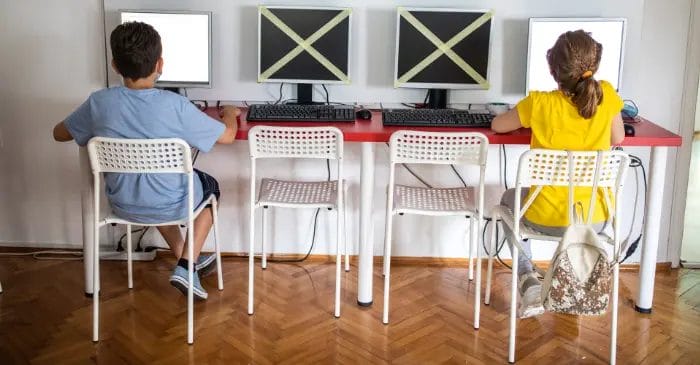
The most common transmission route of respiratory viruses like SARS-CoV-2 is through droplets in the air over a short range. Therefore, maintaining a physical distance of at least 2 metres is one of the best ways to prevent viruses spreading.
Physical distancing will not always be possible in the classroom, but should be maintained wherever you can. Try to ensure desks and seating areas are 2 metres apart, and remind those using the classroom to maintain a physical distance at all times.
5. Keep the classroom ventilated

Taking steps to improve ventilation of indoor spaces is an effective way to prevent virus transmission. In the classroom, try to keep windows and doors open where possible. On a cold day, a short period of opening windows can help improve airflow more than you might think!
6. Encourage lateral flow testing
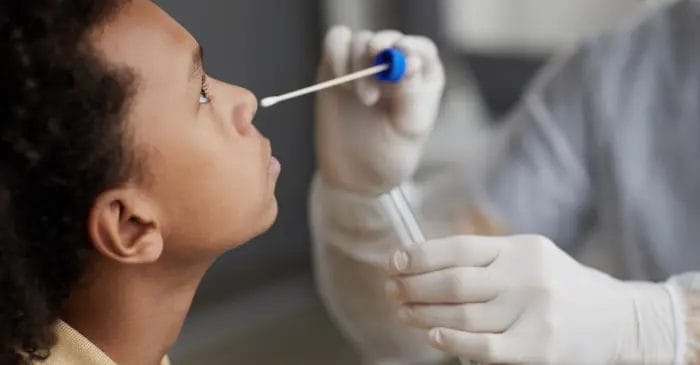
Staff and pupils who develop symptoms of COVID-19 should stay away from school and arrange for a PCR COVID-19 test.
If a member of the class develops symptoms during the school day, they should be taken out of the classroom and should return home as soon as possible.
However, people who are infected with the COVID-19 virus but don’t have any symptoms (“asymptomatic”) can still contribute to the transmission of the virus. That’s why, lateral flow testing is so important. This test should be encouraged wherever it is available, because it will help quickly identify possible virus outbreaks and therefore protect the rest of the school.
7. Support each other’s mental wellbeing
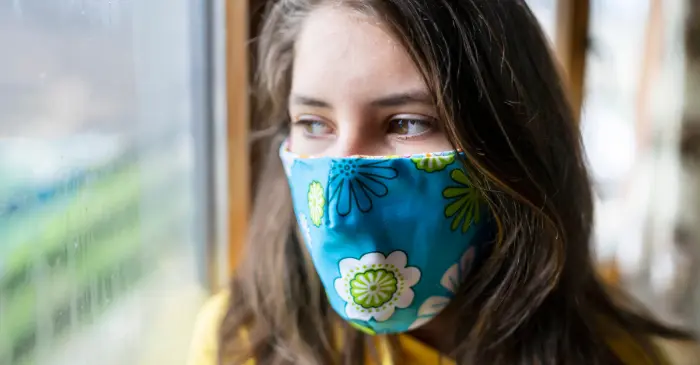
The pandemic has taken it’s toll on everybody’s mental health. Especially for school children, many of whom are too young to understand the reasons for the upheaval in their lives. Keeping an eye on everybody’s mental health (staff, pupils and parents!) will help make going back to school easier. There are lots of mental health resources available to support staff during this time. Take a look at Time to Change and Mentally Healthy Schools for more information.
You can download our resources poster for your classroom and find out how we can help make school surfaces safer, by visiting our Safe Schools page.
SHARE THIS ARTICLE
Tags
Latest News
Embracing sustainability and cost savings: The journey of Clinell Indicator Notes to paper-based solutions
At GAMA Healthcare, we’ve always prided ourselves on being at…
Introducing HEXI HUB: A seamless transition in our product line
We’re pleased to announce an update to our product offering…
Innovative solutions for tackling Carbapenemase-producing Enterobacteriaceae (CPE) at King’s College Hospitals
King’s College Hospital NHS Foundation Trust, one of London’s largest…
Gloves Off: reducing unnecessary plastic waste during environmental cleaning and disinfection
In this blog, Dr Phil Norville discusses the momentum-gaining ‘Gloves…

